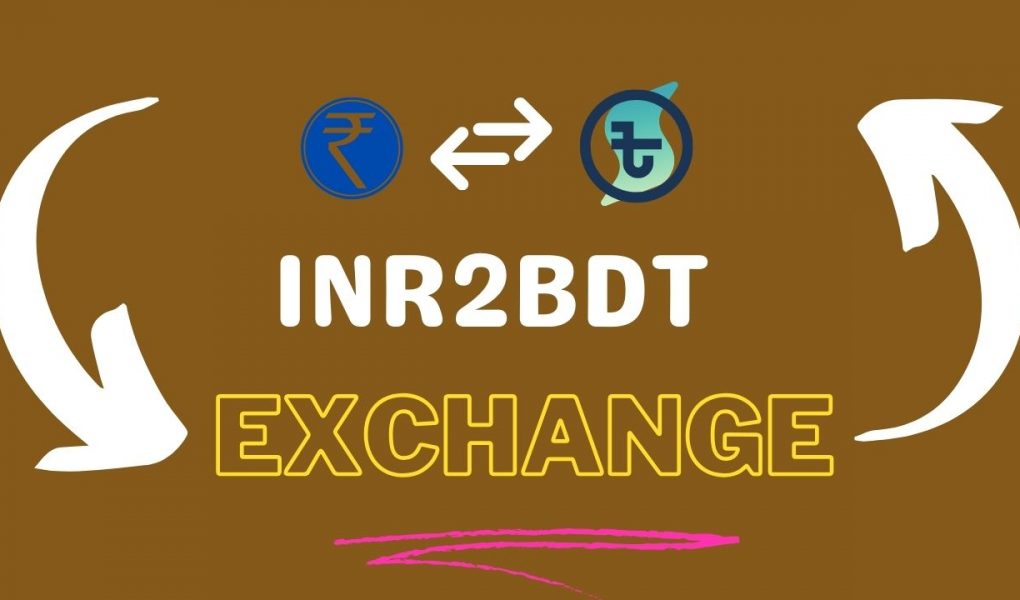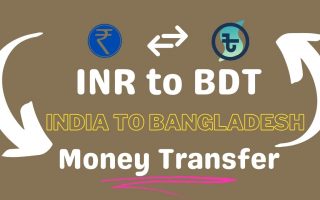INR2BDT Exchange
Exploring the Dynamics of INR2BDT Exchange: Understanding the Bangladeshi Taka and Indian Rupee Relationship
In the realm of international currency exchange, the relationship between the Indian Rupee (INR) and the Bangladeshi Taka (BDT) holds significant importance. As two neighboring countries with intertwined economic landscapes, the exchange rate between the INR and BDT reflects not only monetary policies but also trade dynamics, geopolitical influences, and global market trends. Let’s delve into the nuances of the INR2BDT exchange and understand the factors that shape this financial interaction.
Historical Context: Tracing the Evolution of INR2BDT Exchange
To comprehend the present state of the INR2BDT exchange, it’s crucial to examine its historical trajectory. The economic ties between India and Bangladesh date back decades, rooted in shared history, cultural affinities, and geographical proximity. Since the partition of British India in 1947, the currencies of both nations have evolved, undergoing fluctuations and reforms that have directly impacted their exchange rates. The INR2BDT exchange rate has witnessed fluctuations influenced by various socio-political events, economic reforms, and regional dynamics.
Economic Indicators: Analyzing Factors Influencing INR2BDT Exchange Rates
Several key indicators influence the exchange rate between the INR and BDT. One of the primary factors is the trade balance between India and Bangladesh. As bilateral trade flourishes, the demand for each other’s currencies fluctuates, thereby impacting exchange rates. Additionally, monetary policies, inflation rates, interest rates, and central bank interventions play pivotal roles in determining the direction of the INR2BDT exchange. Market sentiment, investor confidence, and geopolitical stability further contribute to the volatility of this currency pair.
Impact of Global Markets: Understanding External Influences on INR2BDT Exchange
The INR2BDT exchange rate is not insulated from global market forces. Economic developments in major economies, such as the United States, China, and European Union, exert significant influence on currency markets worldwide. Fluctuations in commodity prices, particularly oil and gas, also affect the economies of India and Bangladesh, consequently influencing their respective currencies. Moreover, geopolitical tensions, international trade agreements, and monetary policies of leading central banks can trigger fluctuations in the INR2BDT exchange rate, highlighting the interconnectedness of global financial markets.
Future Trends: Navigating the Path Forward for INR2BDT Exchange
As we look ahead, several trends are poised to shape the trajectory of the INR2BDT exchange rate. The deepening economic ties between India and Bangladesh, coupled with efforts to enhance trade relations and foster cross-border investments, are likely to impact currency dynamics positively. Additionally, advancements in technology, including digital payment systems and blockchain innovations, could revolutionize financial transactions between the two nations, potentially influencing the INR2BDT exchange rate in the long run.
the INR2BDT exchange rate embodies the intricate relationship between India and Bangladesh, reflecting not only economic fundamentals but also broader geopolitical and market dynamics. Understanding the factors that drive fluctuations in the exchange rate is essential for businesses, policymakers, and investors seeking to navigate the complexities of international trade and finance.
As we delve deeper into the dynamics of INR2BDT exchange, it becomes evident that this financial interaction is a testament to the interconnectedness of the global economy. To explore more insights on currency exchange and international finance, visit Rupeechanger. Certainly! Let’s continue exploring the dynamics of the INR2BDT exchange:
Emerging Challenges: Addressing Volatility and Regulatory Concerns
Despite the potential for growth and collaboration, the INR2BDT exchange also faces certain challenges. Volatility in currency markets can create uncertainty for businesses engaged in cross-border trade and investments between India and Bangladesh. Moreover, regulatory frameworks governing currency exchange and capital flows may impact the ease of conducting transactions and hinder market liquidity. Addressing these challenges requires concerted efforts from policymakers, financial institutions, and market participants to foster stability and facilitate seamless cross-border transactions.
Regional Integration: Exploring Opportunities for Collaboration
In recent years, regional integration initiatives have gained momentum, offering opportunities for closer economic cooperation between South Asian countries, including India and Bangladesh. Initiatives such as the South Asian Association for Regional Cooperation (SAARC) and the Bay of Bengal Initiative for Multi-Sectoral Technical and Economic Cooperation (BIMSTEC) aim to enhance connectivity, trade facilitation, and investment promotion among member states. Leveraging these platforms, India and Bangladesh can explore avenues for greater financial integration, harmonization of regulatory frameworks, and promotion of cross-border investment flows, which could positively influence the INR2BDT exchange rate.
Technological Innovation: Reshaping the Future of Currency Exchange
The advent of financial technology (FinTech) has introduced innovative solutions that are reshaping the landscape of currency exchange and cross-border payments. From blockchain-based platforms to digital wallets and peer-to-peer lending networks, FinTech solutions offer cost-effective, efficient alternatives to traditional banking channels. Embracing technological innovation can streamline the process of INR2BDT exchange, reduce transaction costs, and enhance transparency and security in cross-border transactions. Moreover, the adoption of digital currencies and central bank digital currencies (CBDCs) holds the potential to further transform the dynamics of currency exchange between India and Bangladesh, paving the way for a more interconnected and digitally driven financial ecosystem.
Sustainable Development Goals: Aligning Economic Cooperation with Social Impact
Amidst the pursuit of economic growth and financial integration, it is imperative to align bilateral cooperation between India and Bangladesh with broader development objectives, including the United Nations Sustainable Development Goals (SDGs). By prioritizing inclusive growth, poverty alleviation, and environmental sustainability, both nations can leverage their economic partnership to foster social impact and shared prosperity. Initiatives focused on enhancing education, healthcare, and infrastructure development can contribute to poverty reduction, empower marginalized communities, and strengthen the resilience of both economies against external shocks, ultimately fostering a more stable and equitable economic relationship.
In conclusion, the INR2BDT exchange signifies more than just a financial transaction—it embodies the deep-rooted ties, shared aspirations, and mutual interests between India and Bangladesh. As both nations navigate the complexities of globalization, technological advancement, and regional integration, fostering closer economic cooperation and partnership is paramount. By addressing challenges, embracing innovation, and aligning efforts with sustainable development goals, India and Bangladesh can chart a course towards collaborative prosperity, unlocking the full potential of their economic relationship and laying the foundation for a brighter, more interconnected future.
To stay updated on the latest developments in currency exchange, international finance, and regional cooperation, visit Rupeechanger.



